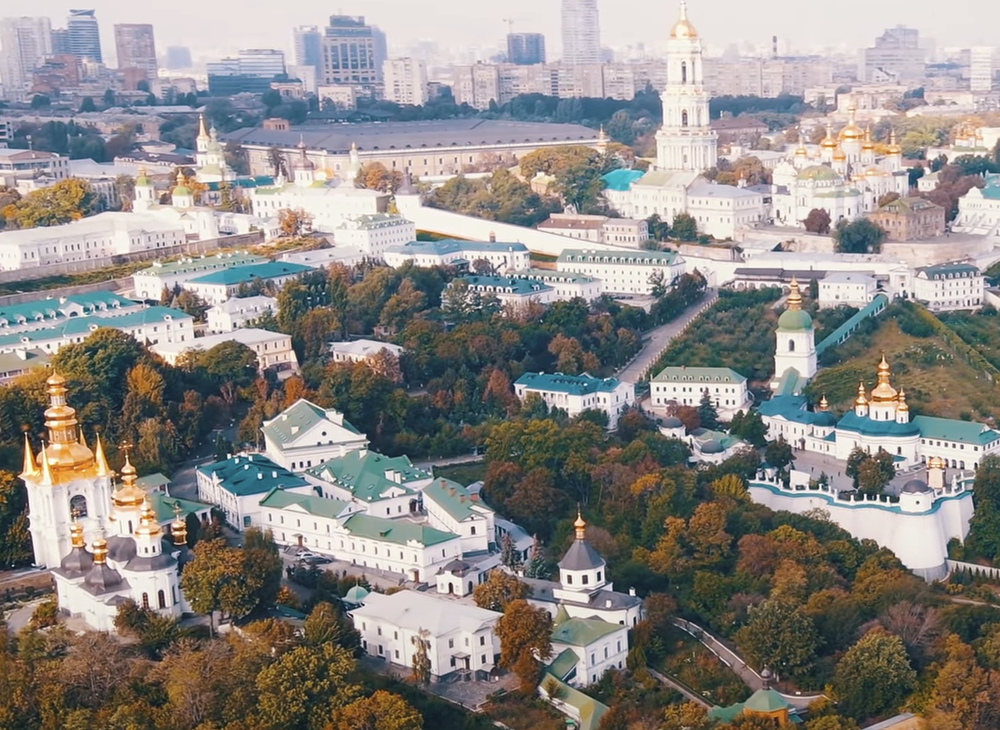If you follow social-media hashtags involving these words — “Nashville,” “Covenant” and “manifesto” — you know that nothing major has happened that would allow news consumers to read on-the-record facts about the motives of shooter Audrey Hale.
Of course, under current Associated Press style that name would be “Aiden,” since this troubled individual had claimed that identity in social media as part of a gender transition.
The mysteries — in terms of journalism, law and politics — surrounding this mass shooting in a small Christian school have only grown more complex. What kind of mysteries? That was the subject of this week’s “Crossroads” podcast (click here to tune that in).
There have been minor developments that I didn’t know about at the time we recorded, such as the New York Post story noting:
Audrey Elizabeth Hale, the 28-year-old trans artist killed by police after opening fire on a private Christian elementary school in Nashville, Tennessee, covered her clothes in handwritten messages before her deadly assault in late March, according to an autopsy report.
The report acknowledges that Hale identified as a trans male but officially lists her as female.
She was carrying a knife inscribed with her chosen name, Aiden, according to the autopsy. … The report included new details about the attack — including the revelation that Hale’s clothes were covered in handwritten notes, drawings and numbers.
The report also noted that Hale wore a plastic anklet inscribed with “508407.”
What do these mysterious message say? What do they mean? Ah, more mysteries that authorities will not discuss.
Also, police have followed up on a death threat aimed at a conservative media figure involved in efforts to release the writings that Hale left behind to explain his-her motives for the attack. A website called Just the News reported:
A Tennessee man has been charged in connection with a threat against conservative journalist and talk radio show host Michael Patrick Leahy over Leahy's lawsuit to obtain the Nashville school shooter manifesto, allegedly telling Leahy, "I'm willing to go to prison to end you."
The emailed threat also said:










